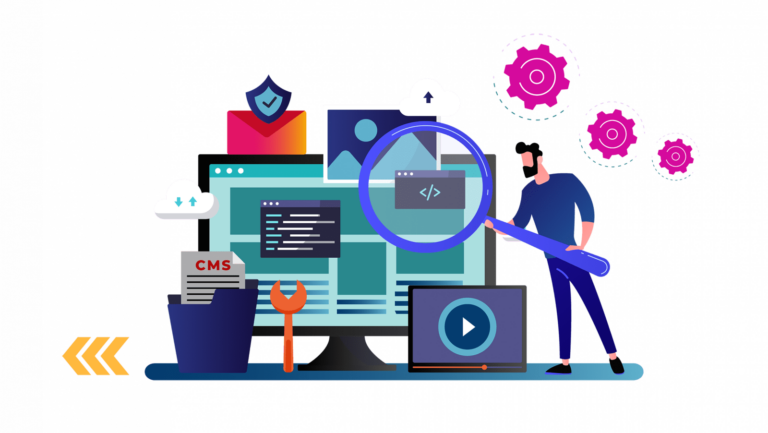The Role of Predictive Analytics in Credit Scoring for Small Businesses: Betbhai9, Radhe exchange id, My laser 247.com login
betbhai9, radhe exchange id, my laser 247.com login: Predictive analytics has become an invaluable tool in credit scoring for small businesses. By utilizing sophisticated algorithms and data analysis techniques, lenders can evaluate the creditworthiness of small businesses more accurately and efficiently. This article will delve into the role of predictive analytics in credit scoring for small businesses, exploring how it works, its benefits, and its impact on the lending landscape.
What is Predictive Analytics in Credit Scoring?
Predictive analytics in credit scoring involves the use of statistical algorithms and machine learning techniques to predict the credit risk of small businesses. By analyzing historical data, such as repayment history, financial statements, and industry trends, lenders can assess the likelihood of a small business defaulting on a loan. This predictive modeling allows lenders to make more informed decisions about extending credit to small businesses.
How Does Predictive Analytics Work in Credit Scoring?
Predictive analytics works by analyzing a wide range of data points to identify patterns and trends that can predict the credit risk of small businesses. Lenders collect data from a variety of sources, including credit reports, financial statements, and industry benchmarks. This data is then fed into predictive models that use algorithms to calculate a credit score for each small business. The credit score provides lenders with a quantitative measure of the risk associated with lending to a particular small business.
Benefits of Predictive Analytics in Credit Scoring for Small Businesses
There are several benefits of using predictive analytics in credit scoring for small businesses. One of the primary benefits is increased accuracy. By analyzing a diverse set of data points and using sophisticated algorithms, lenders can more accurately assess the creditworthiness of small businesses. This leads to better decision-making and reduced risk of default.
Another benefit of predictive analytics in credit scoring is increased efficiency. Traditional credit scoring methods can be time-consuming and manual, requiring lenders to manually review large amounts of paperwork. Predictive analytics streamlines this process by automating much of the data analysis and decision-making, allowing lenders to make faster lending decisions.
Predictive analytics also enables lenders to identify new lending opportunities. By analyzing data from a variety of sources, lenders can uncover insights into the creditworthiness of small businesses that may have been overlooked using traditional methods. This can help lenders expand their lending portfolios and grow their business.
Impact of Predictive Analytics on the Lending Landscape
The use of predictive analytics in credit scoring has had a significant impact on the lending landscape for small businesses. By providing lenders with more accurate and efficient credit scoring tools, predictive analytics has made it easier for small businesses to access the capital they need to grow and thrive. This has led to increased competition among lenders, resulting in more favorable terms and options for small businesses seeking credit.
Additionally, predictive analytics has helped to reduce the risk of default for lenders by improving their ability to assess credit risk. This has resulted in lower default rates and improved profitability for lenders, enabling them to support more small businesses and make a positive impact on the economy.
Overall, predictive analytics has revolutionized the credit scoring process for small businesses, providing lenders with the tools they need to make better lending decisions and support the growth of small businesses.
In conclusion, predictive analytics plays a crucial role in credit scoring for small businesses, enabling lenders to make more accurate, efficient, and informed decisions about extending credit. By leveraging advanced data analysis techniques and algorithms, lenders can assess the creditworthiness of small businesses with greater precision, leading to increased access to capital and improved outcomes for both lenders and borrowers.
FAQs
1. What is predictive analytics in credit scoring?
Predictive analytics in credit scoring involves the use of statistical algorithms and machine learning techniques to predict the credit risk of small businesses.
2. How does predictive analytics work in credit scoring?
Predictive analytics works by analyzing historical data, such as repayment history and financial statements, to assess the likelihood of a small business defaulting on a loan.
3. What are the benefits of predictive analytics in credit scoring for small businesses?
Some benefits of predictive analytics in credit scoring include increased accuracy, efficiency, and the ability to identify new lending opportunities.
4. What is the impact of predictive analytics on the lending landscape?
Predictive analytics has revolutionized the lending landscape by providing lenders with more accurate and efficient credit scoring tools, leading to increased access to capital for small businesses.
5. How has predictive analytics improved the lending process for small businesses?
Predictive analytics has improved the lending process for small businesses by enabling lenders to make better lending decisions, reduce the risk of default, and support the growth of small businesses.







